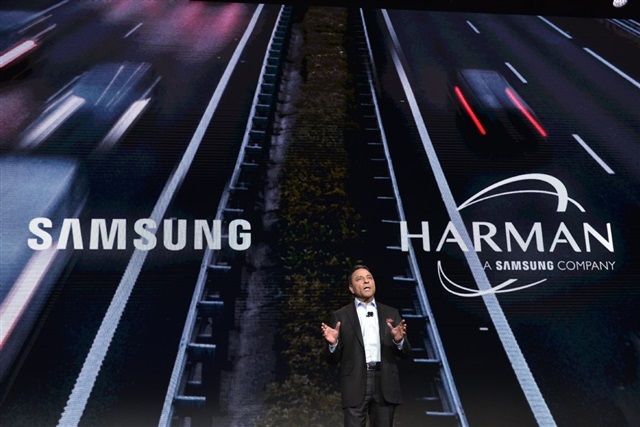Yulon Nissan Motor Co. on December 23, 2025, held a preview event ahead of the 2026 Taipei New Car and New Energy Vehicle Show, unveiling several high-profile models making their Taiwan debut. Among them were the Nissan Formula E GEN3 Evo—an ABB Formula E World Championship title-winning race car—and the Nissan Qashqai, a compact crossover equipped with the brand's third-generation e-POWER hybrid system.
Waymo's fleet of Jaguar I-Pace-based robotaxis experienced a widespread shutdown during a recent major power outage in San Francisco, leaving multiple vehicles stalled and blocking roads. The incident has raised questions about the autonomous cars' ability to handle unexpected disruptions, with experts attributing the problem to operational and management shortcomings rather than software faults.
Innolux subsidiary CarUX has merged with Pioneer, with chairman and chief executive Jim Hung saying the new CarUX will deliver post-merger synergies through three 100-day phases and stressing that it is not designed as a place to coast.
Beijing authorities have officially issued the city's first license plates for Level 3 (L3) autonomous vehicles, marking the first such approvals in China for highway-capable self-driving cars. Three smart, connected cars received the plates, signaling a shift from pilot testing to conditional commercial deployment and representing a milestone in the country's push toward intelligent vehicles.
As the global auto industry accelerates its shift toward software-defined vehicles (SDVs), Samsung Electronics is moving to strengthen its position through its wholly owned subsidiary, Harman. The company announced it will acquire the advanced driver-assistance systems (ADAS) business of Germany's ZF Group for EUR1.5 billion (approx. US$1.77 billion), marking one of Samsung's most significant automotive investments in years.
As trade tensions between the US and China intensify, accompanied by tighter technology restrictions, Wanshih Electronic says it is doubling down on precision manufacturing as the cornerstone of its innovation strategy while reshaping its global footprint to navigate mounting geopolitical risk.
The rapidly increasing electricity demand from global artificial intelligence (AI) data centers is placing significant pressure on power grids worldwide. Chinese battery, energy storage, and transformer manufacturers are well-positioned to benefit from their technological expertise, cost efficiency, and rapid delivery capabilities. As data center operators seek solutions to upgrade aging power infrastructure, the reliance on Chinese suppliers is growing sharply.
Samsung Electronics is reportedly advancing preparations for its 2026 wafer foundry scale-up at the Taylor, Texas, fab by increasing local headquarters staff and reorganizing production to satisfy key customer Tesla's requirements. The company aims to fast-track volume manufacturing targets for the second half of 2026.
Beyond the traditional auto-related businesses that have long been rooted in southern Taiwan, a broader shift has taken shape in recent years. From manufacturing to retail, industry activity has increasingly gravitated toward the island's south, reflecting bigger changes in how cars are made, sold, and integrated with technology.
US autonomous sensing technology firm Luminar, once hailed as a rising star in the Light Detection and Ranging (LiDAR) sector, recently filed for bankruptcy protection, raising alarms across the industry. LiDAR has long been regarded as a critical sensor technology for achieving Level 3 autonomous driving, but its global adoption is clearly following an "East fast, West slow" pattern due to regulatory, cost, and market structure factors.
XING Mobility announced it will showcase advancements in electric vehicles (EVs), energy storage systems, and AI data center backup batteries at the 2026 Consumer Electronics Show (CES 2026) in the US. The presentation will focus on a decade of development in immersive cooling technology.
More coverage



